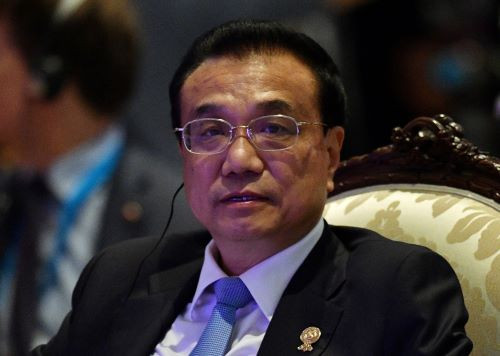Reacting to appeals from beleaguered Chinese businessmen for aid, the Chinese government Saturday revealed a financial stimulus package worth $506 billion (3.6 trillion yuan) to jump-start an economy that shrank 6.8% in the first quarter due to COVID-19 slowdowns.
Premier Li Keqiang announced the stimulus package, which disheartened the business community because of its modest size, and details of an economic recovery plan in his work report at the ongoing National People's Congress (NPC) on Friday in Beijing. Li also pledged a much more aggressive fiscal response to the coronavirus economic crisis funded by a massive increase in government borrowing.
He said Beijing intends to create nine million new urban jobs this year to help bolster employment shattered by the pandemic. Tens of millions of Chinese were either laid-off or left temporarily unemployed by companies forced into a standstill by lockdowns and strict social distancing.
Li also revealed Beijing government will issue $140 billion (1 trillion yuan) worth of special treasury bonds to fund purchases of medical equipment and technologies to fight the pandemic. Local governments will be allowed to issue up to $527 billion in special bonds to build needed infrastructure such as 5G networks, railways and airports. This spending represents an increase of $225 billion compared to 2019.
Analyst noted the $506 billion stimulus pales in comparison with the U.S.' second stimulus package worth $2.2 trillion in March and Japan's $992 billion stimulus in April. China's $506 billion stimulus is also much smaller than the $572 billion the country injected into the economy during the Great Recession from 2008 to 2009.
China's more modest amount, however, keeps with Beijing's traditional practice of pumping cash into the economy in a step-by-step fashion instead of unleashing it all at once.
The incremental stimulus amount is small, noted Larry Hu, chief China economist of Macquarie Capital. He pointed out China doesn't release stimulus one go, but in a step-by-step fashion. He said a bigger stimulus will only be seen when China's economic growth numbers refuse to improve.
Another analyst, Zhang Ming with the Chinese Academy of Social Sciences, said Beijing had learned a lesson from the massive stimulus during the Great Recession, which led to a mountain of unpaid debt and wasteful government spending.
Finance Minister Liu Kun said the increased fiscal spending will go mostly to obviating the effects of the COVID-29 pandemic while guaranteeing livelihoods and ensuring the continued functioning of local governments.
During his NPC speech, Li said China this year won't set a target for GDP growth in 2020 because of the "great uncertainty" caused by COVID-19 and the world's uncertain economic and trade environment.
This is the first time in decades China hasn't set an annual GDP growth target for its economy. In 2019, China targeted growth ranging from 6% to 6.5%. Its GDP grew 6.1%, the slowest pace in nearly 30 years.






